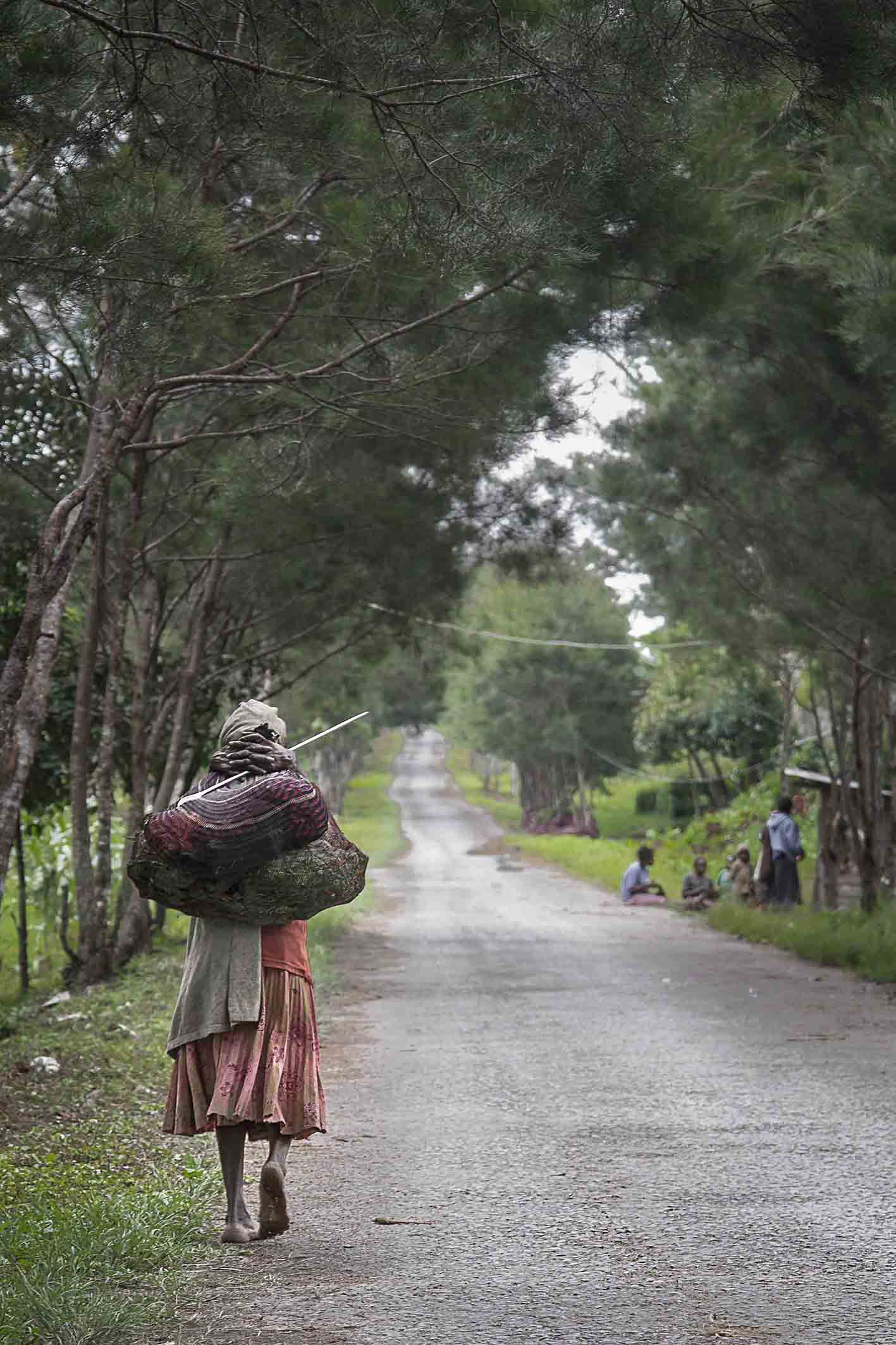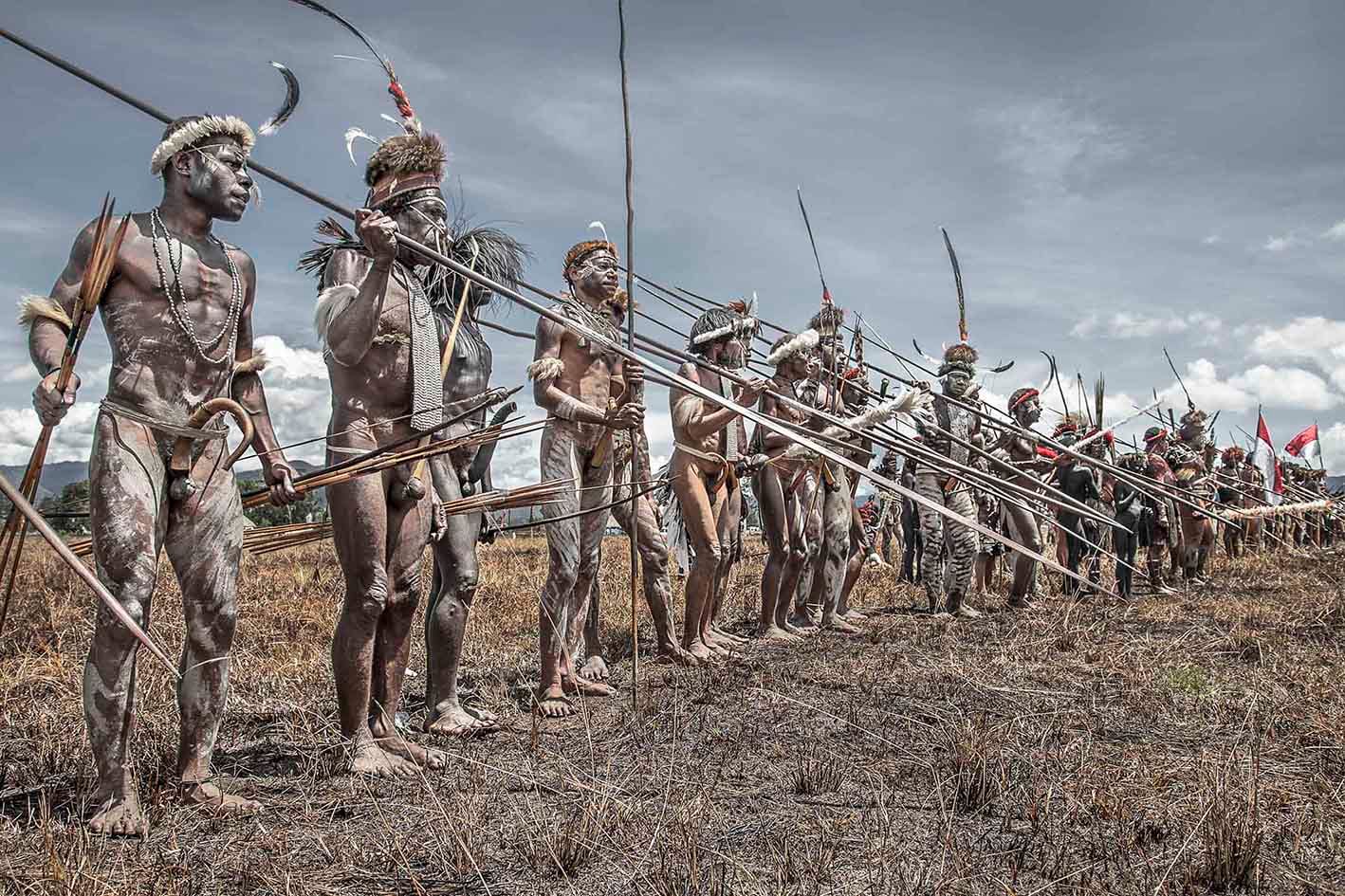In the heart of Papua's central highlands, photographer Roberto Pazzi captures the enigmatic life of the Dani people through his poignant photo series, "The Timeless Valley." Diving deep into the traditions of this isolated ethnic group, Pazzi's work offers a rare glimpse into a culture that thrived undetected until the late 1930s. From the fragile nocturnal lights that illuminate his subjects to the intimate ceremonies and daily routines of the Dani, Pazzi’s photographs do more than document—they tell a powerful story of survival and identity against the relentless march of time. His journey from a corporate life in Milan to the remote valleys of Indonesia is not just a tale of personal transformation but a testament to the profound impact of following one's passion.
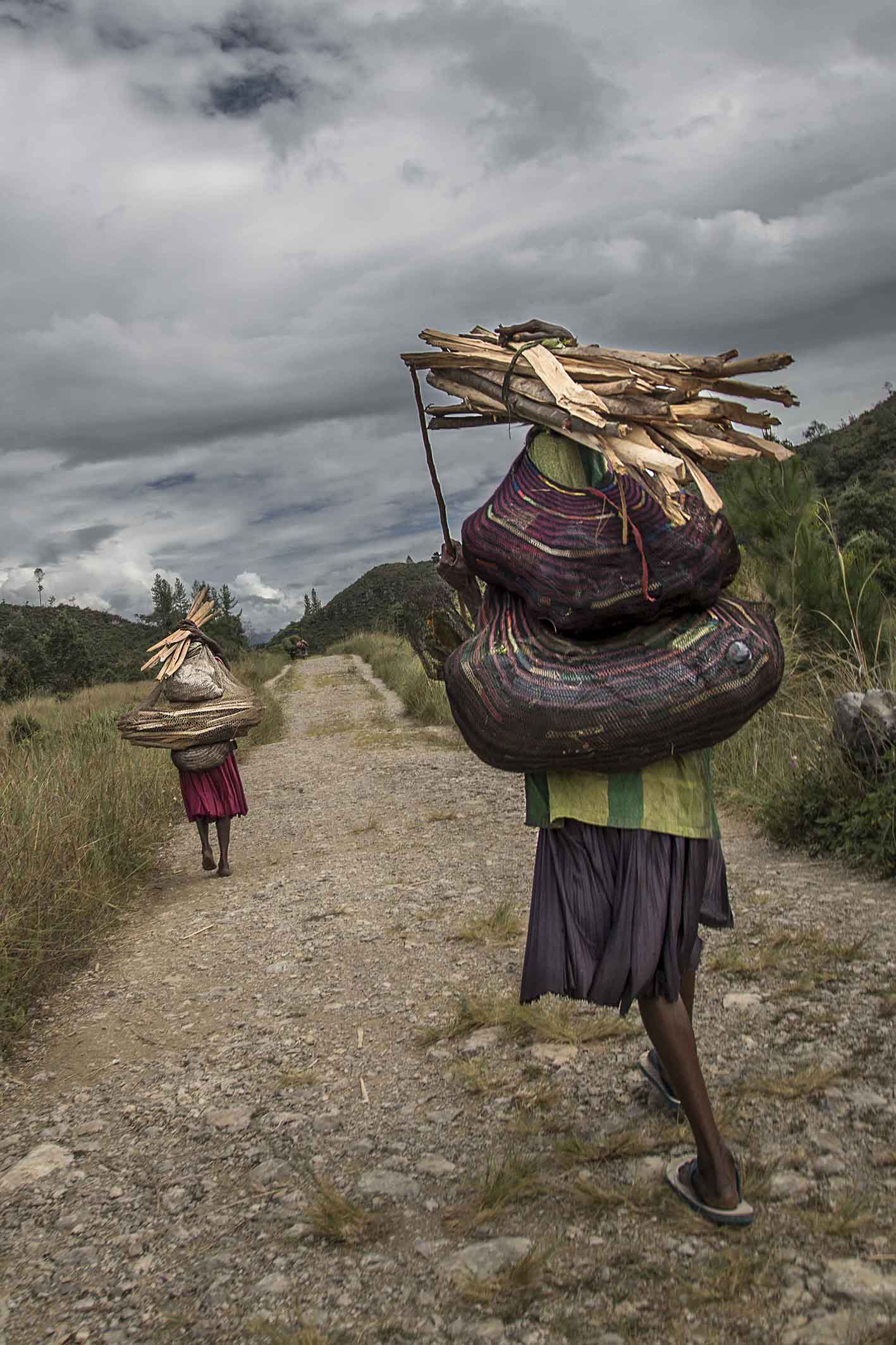
In the remote highlands of Papua, where the air breathes ancient stories and the earth holds secrets of a time long past, Roberto Pazzi, a Milan-born photographer, finds his sanctuary. Amidst the lush, untamed landscapes of the Baliem Valley, home to the Dani people, Pazzi's lens captures more than images—it captures a narrative of resilience, tradition, and the haunting beauty of a civilization that has remained hidden from the world’s eyes until the late 20th century.
Journey Into Photography
Pazzi’s journey into the realm of photography began not in the studios or the glamorous cities of Europe, but in the wild savannahs of Kenya with a Nikon F401, a gift from his father. It was 1995, and the young Italian found himself face-to-face with the majestic wildlife of Africa. This experience was transformative, igniting a passion that would define the course of his life. His initial amateur shots of elephants and lions marked the beginning of an illustrious career that would later take him to some of the most isolated communities on Earth.
Returning to Italy, Pazzi’s hobby soon morphed into a vocation. Captivated by the power of visual storytelling, he delved deeper into the craft, eschewing formal education in photography for a hands-on approach that saw him traversing diverse landscapes and cultures. His influences are as varied as his subjects—from the dramatic chiaroscuro of Caravaggio’s paintings to the poignant humanism captured in the works of contemporary photographers like Steve McCurry and Sebastião Salgado.
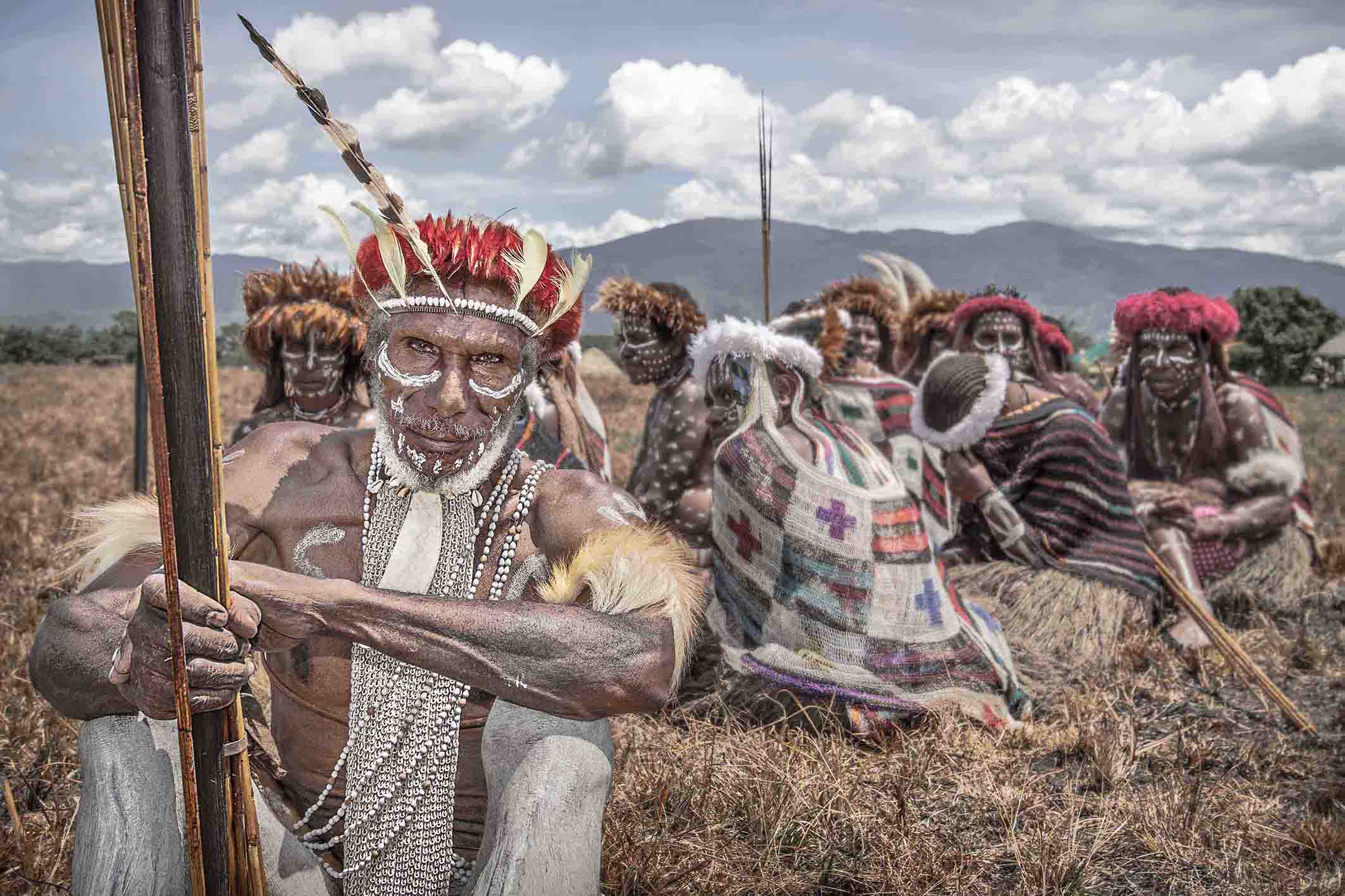
The Timeless Valley
In 2013, Pazzi embarked on what would become one of his most significant projects—documenting the lives of the Dani people in the Baliem Valley. This ethnic group, unnoticed by the outside world until the late 1930s when American explorer Richard Archbold spotted their valley from the air, presents a fascinating study of a society that has survived in isolation.
Pazzi describes his attraction to the Dani: “The Dani encapsulate a pure form of human existence, one that has been undisturbed by the frenetic pace of modern life. Theirs is a community where every ritual, every garment, and every artifact has a story, untouched by the superficiality that often accompanies contemporary culture.”
Over several months, Pazzi lived among the Dani, participating in their daily routines and immersing himself in their cultural rites. He captured the stark beauty of their rituals, the complexity of their social interactions, and the profound simplicity of their daily lives. His photographs are a testament to the resilience and purity of the Dani culture, portrayed through a lens that seeks to respect and conserve their heritage rather than exploit it.
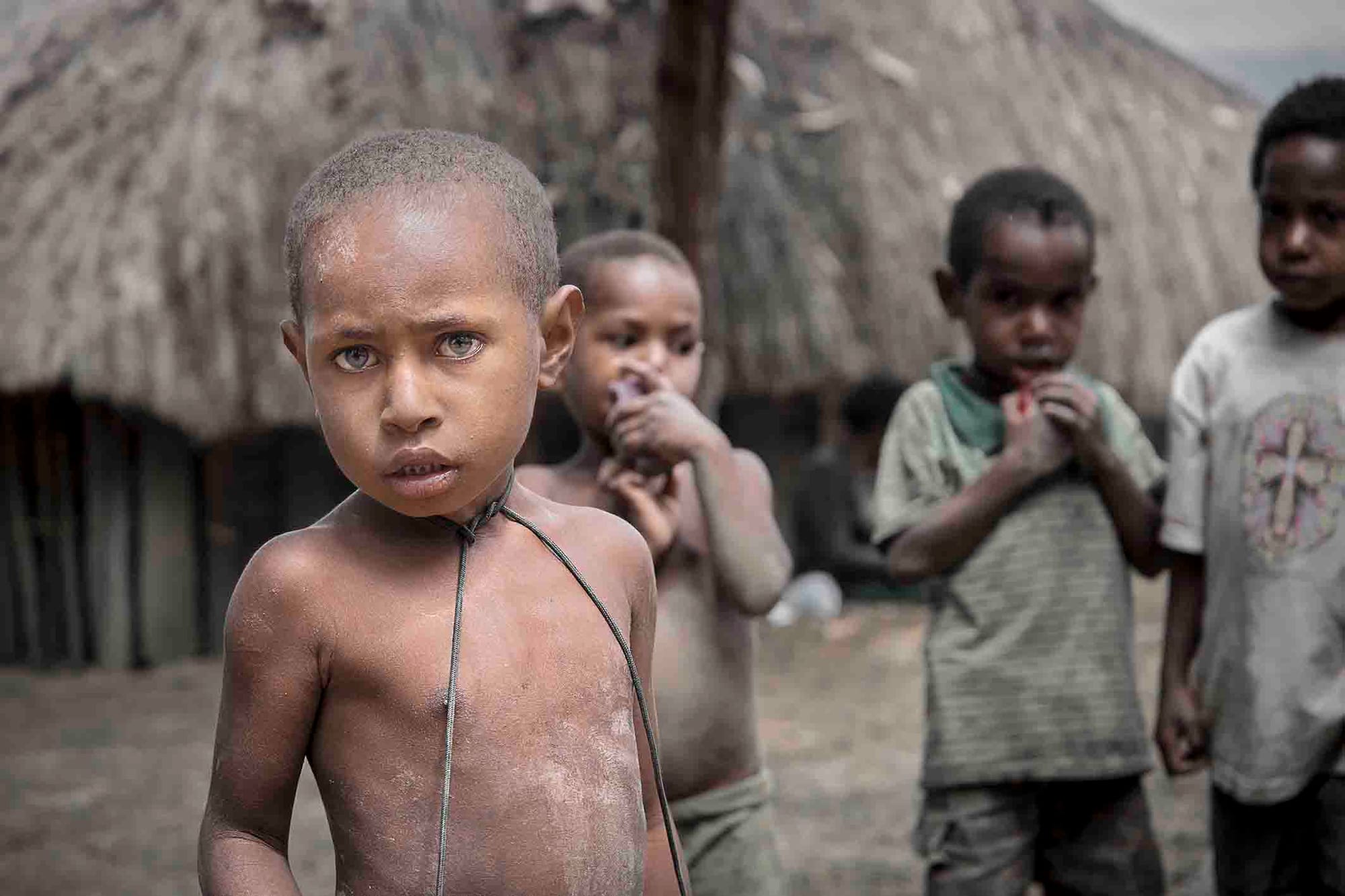
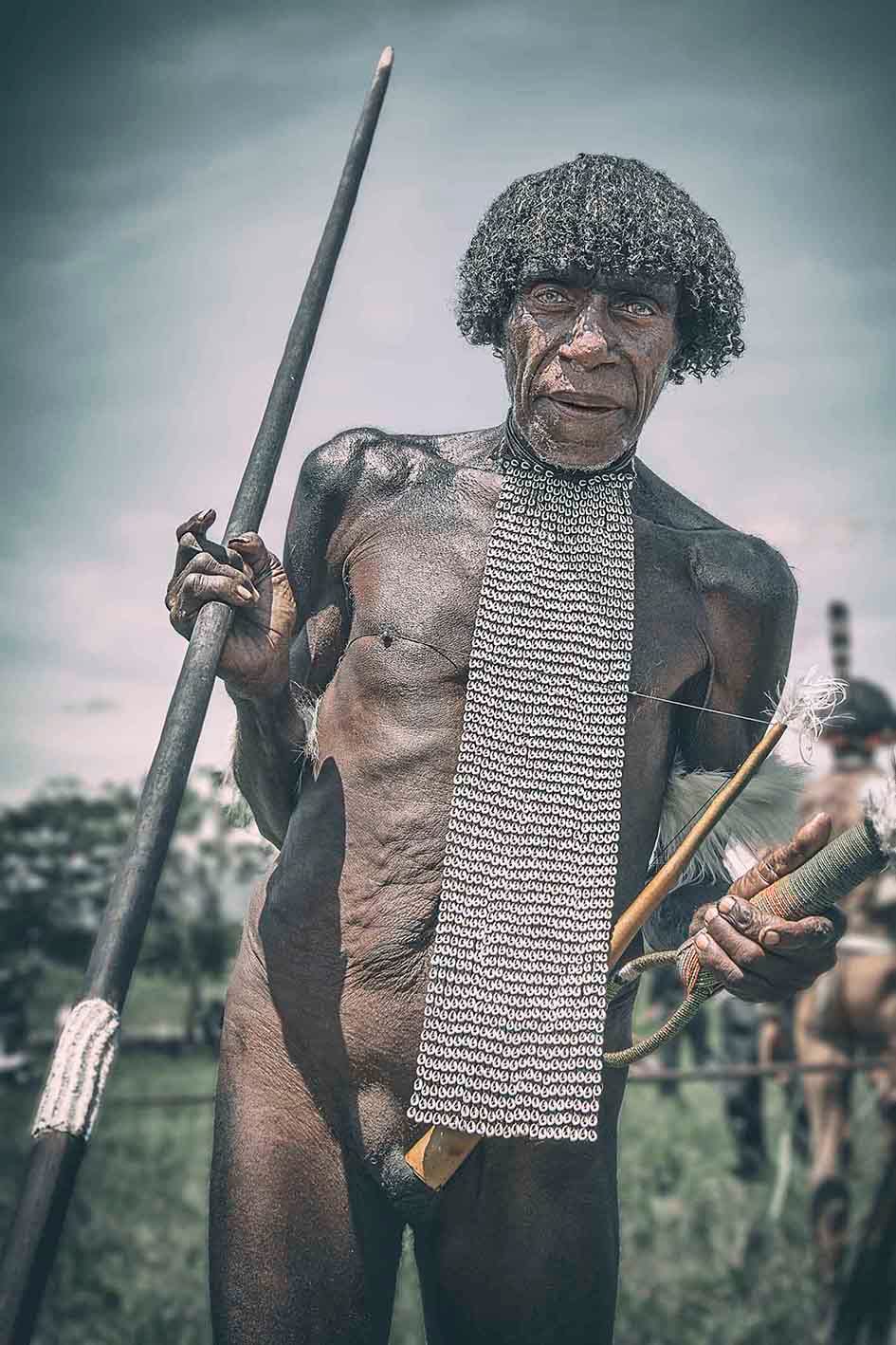
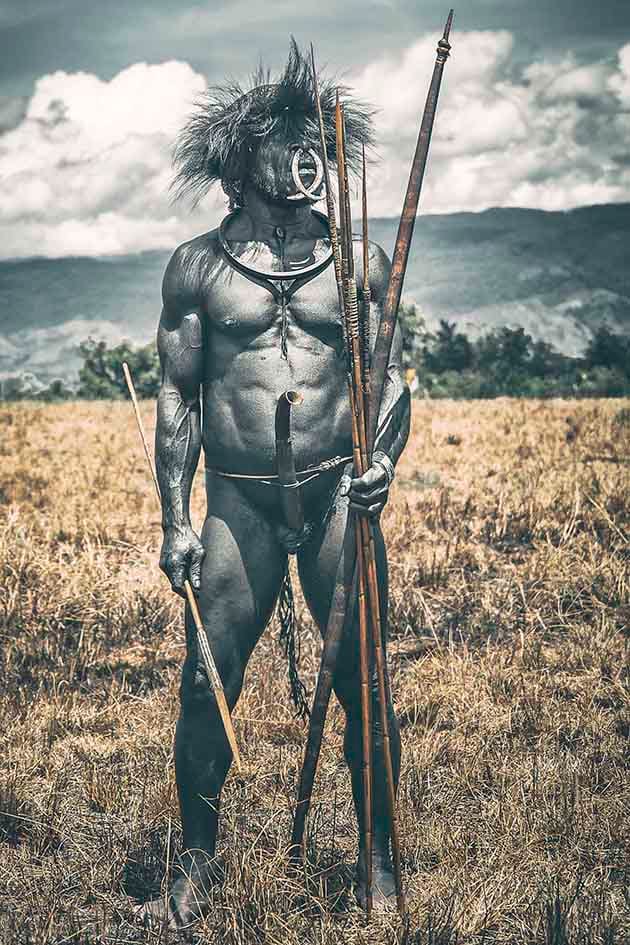
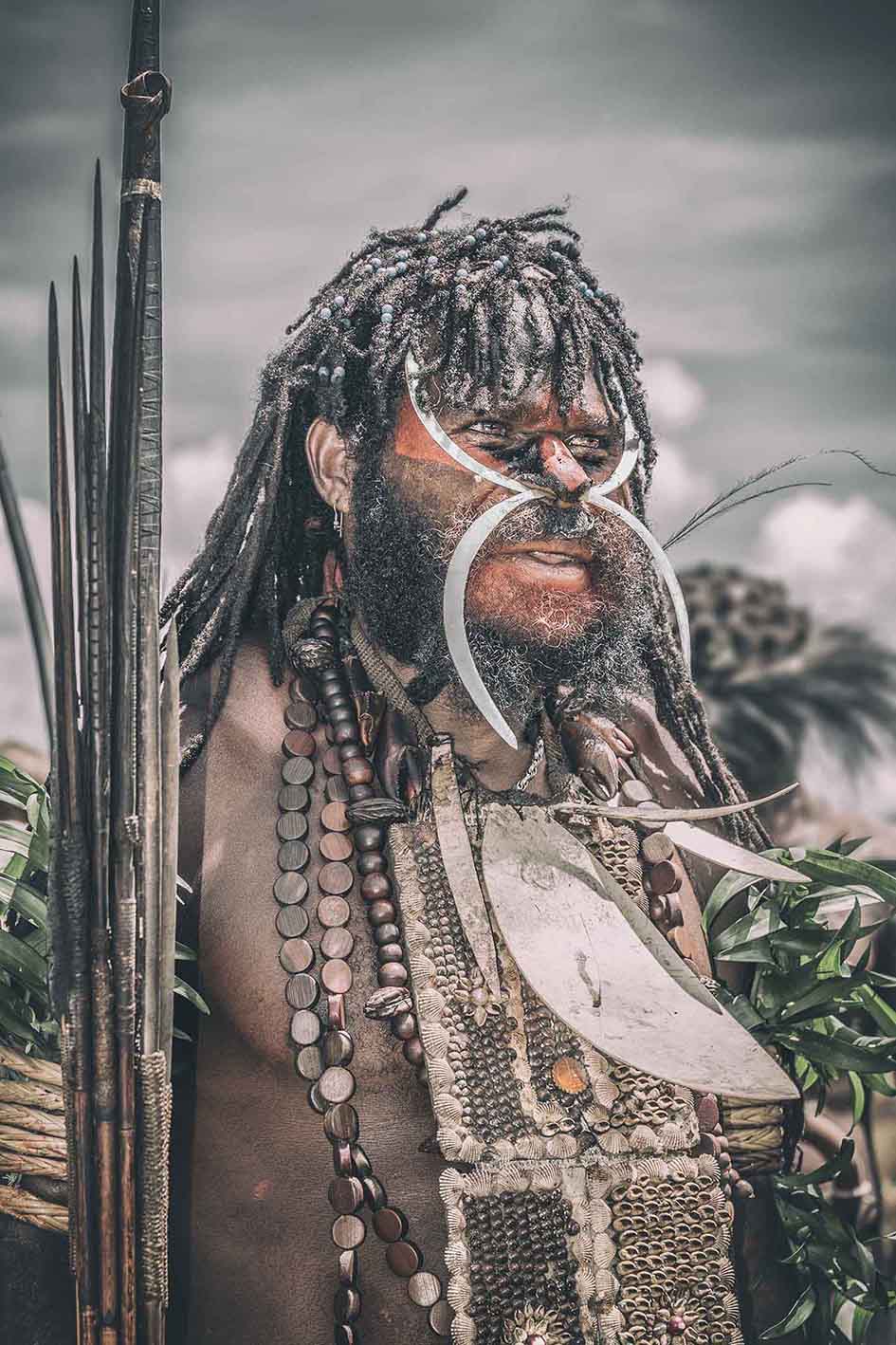
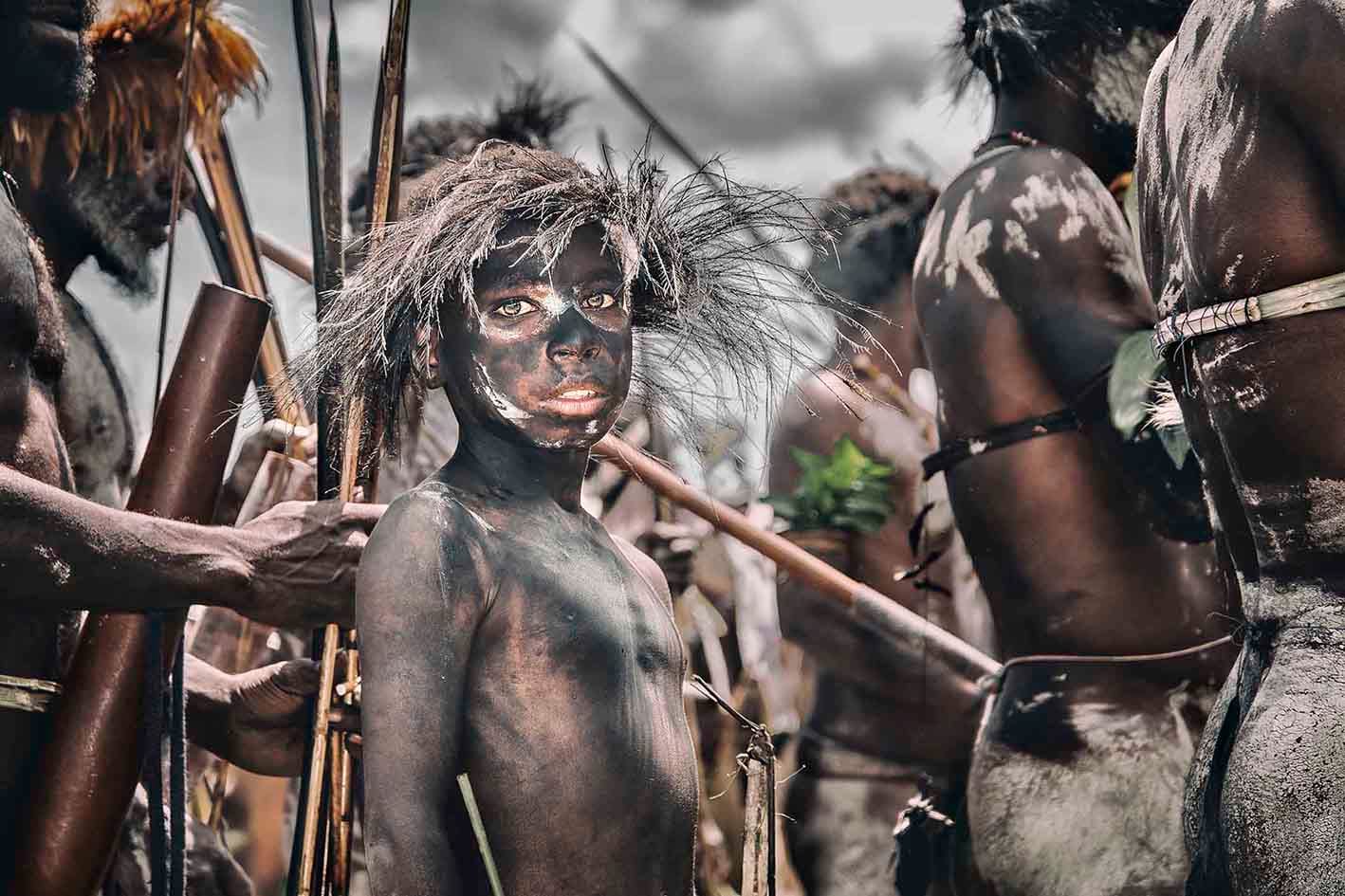
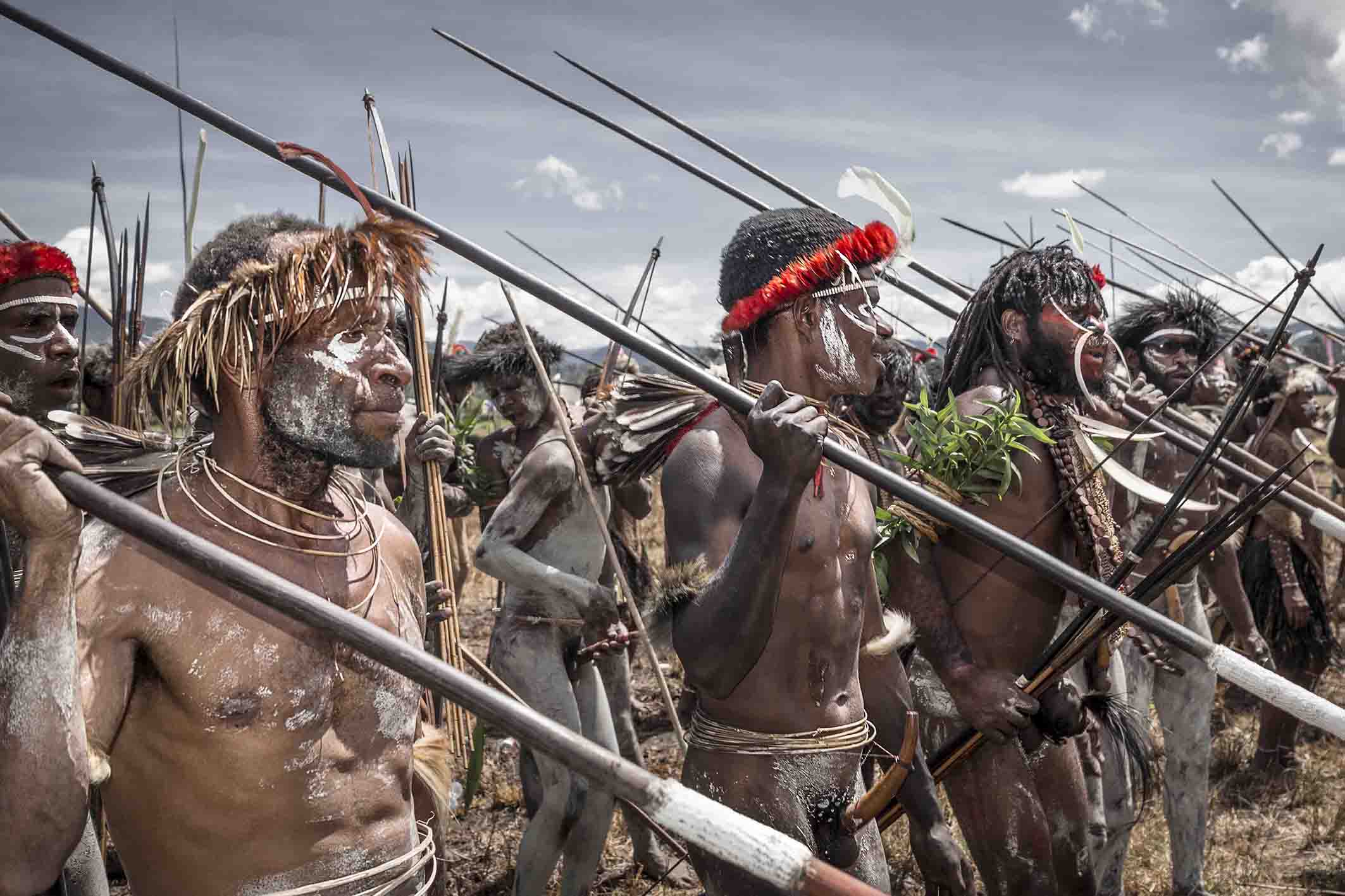
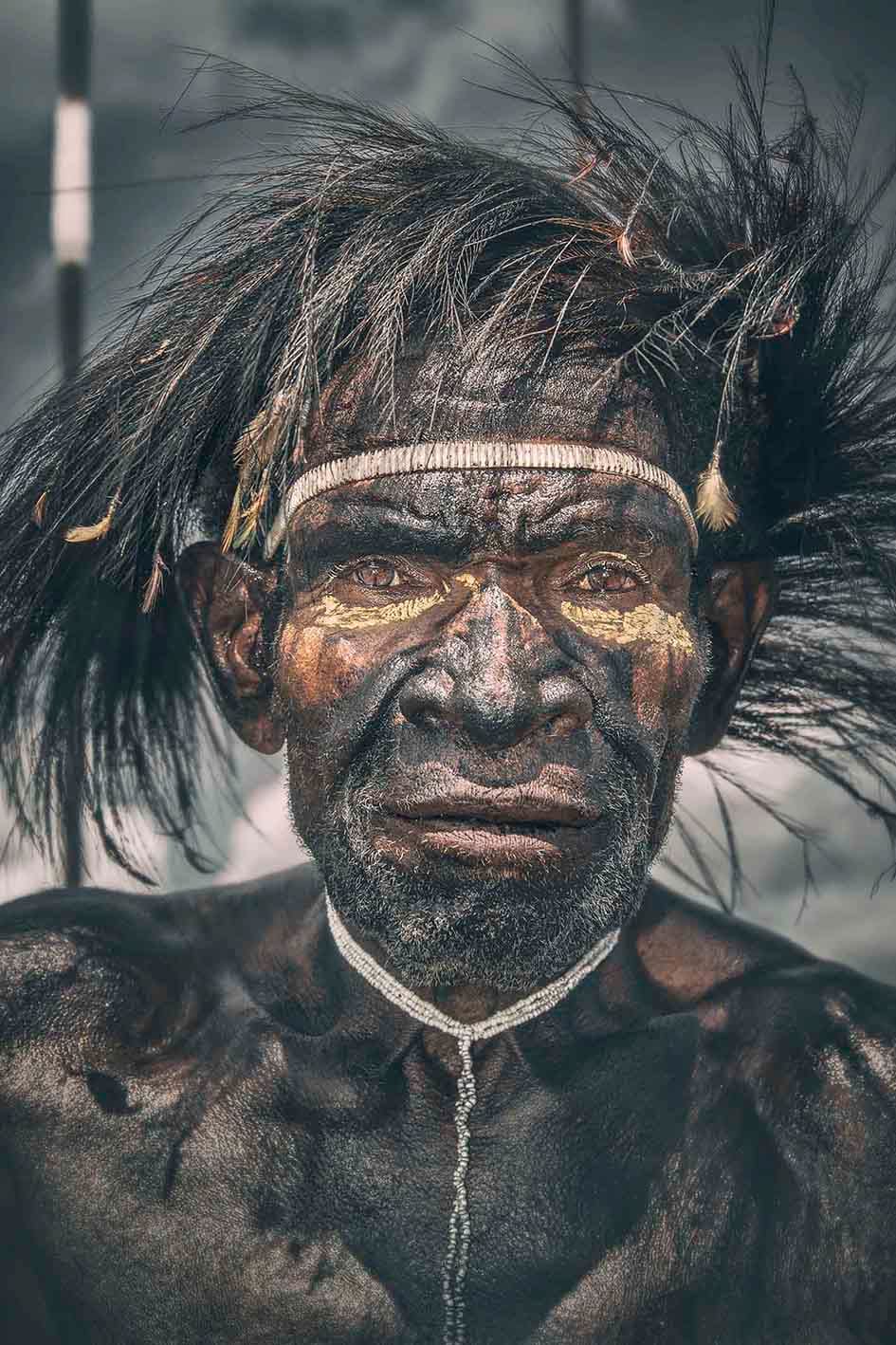
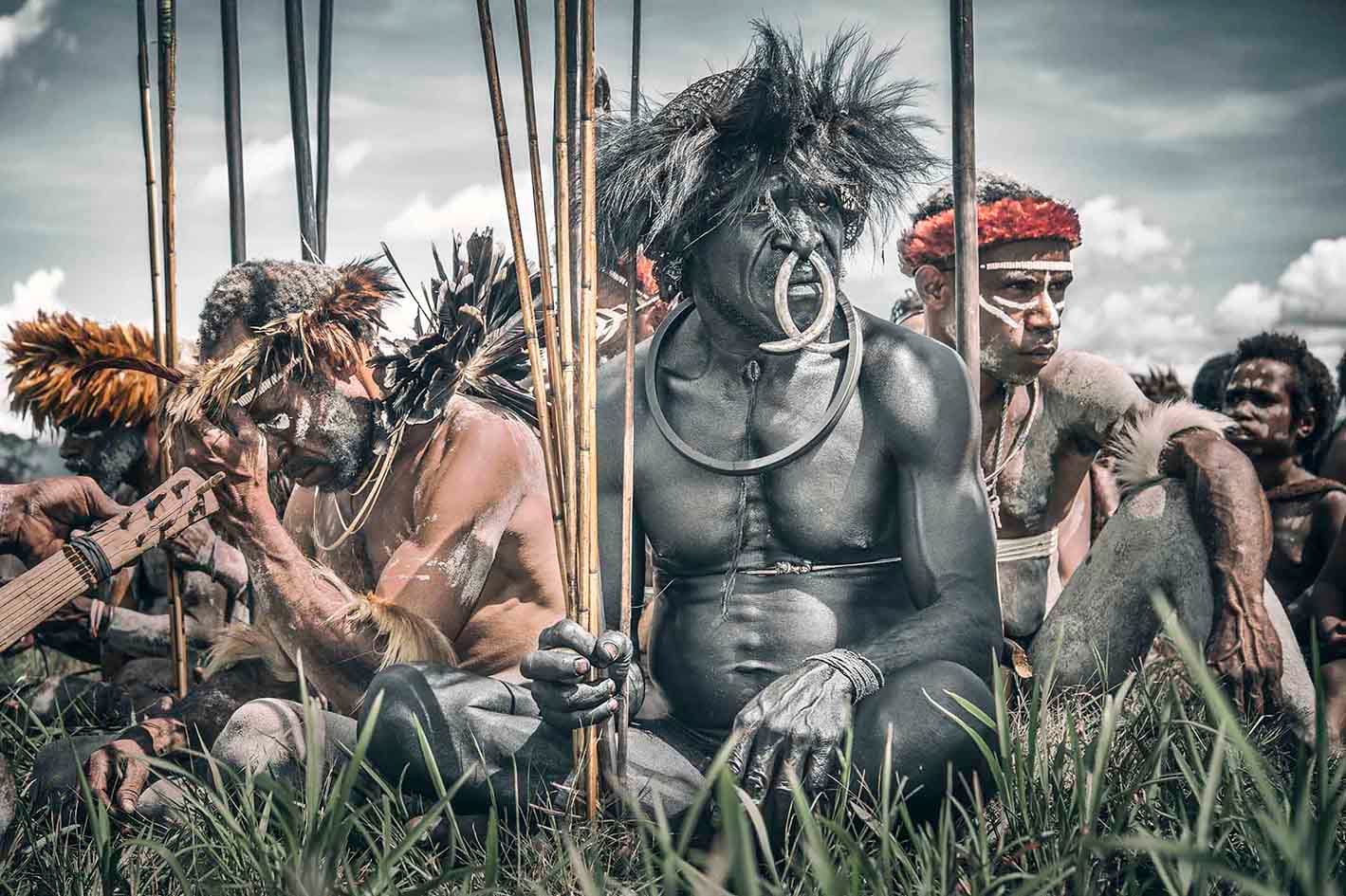
© Roberto Pazzi
Photographic Technique and Ethos
Roberto Pazzi’s photographic style is distinctive. He works predominantly with a Nikon D610 and D600, complemented by a range of lenses that allow him to capture everything from sweeping landscapes to intimate portraits. His approach combines the technical rigor of an engineer with the sensitivity of an artist.
“I prefer the gentle glow of a rainy day to the harsh sunlight of afternoon; it’s about capturing the mood, the emotion, and the essence of the moment,” Pazzi explains. This preference for subdued lighting enhances the emotive quality of his images, lending them an almost ethereal quality that is both striking and deeply moving.
One of Pazzi’s most iconic images from this series is a portrait of a Dani leader adorned in traditional regalia, his gaze commanding yet distant. Pazzi recalls the moment: “It was early morning, and the mist hung low over the village. The light was diffuse, soft. I lay on the grass to capture the angle—his presence was imposing, almost monumental against the backdrop of the fading fog.”
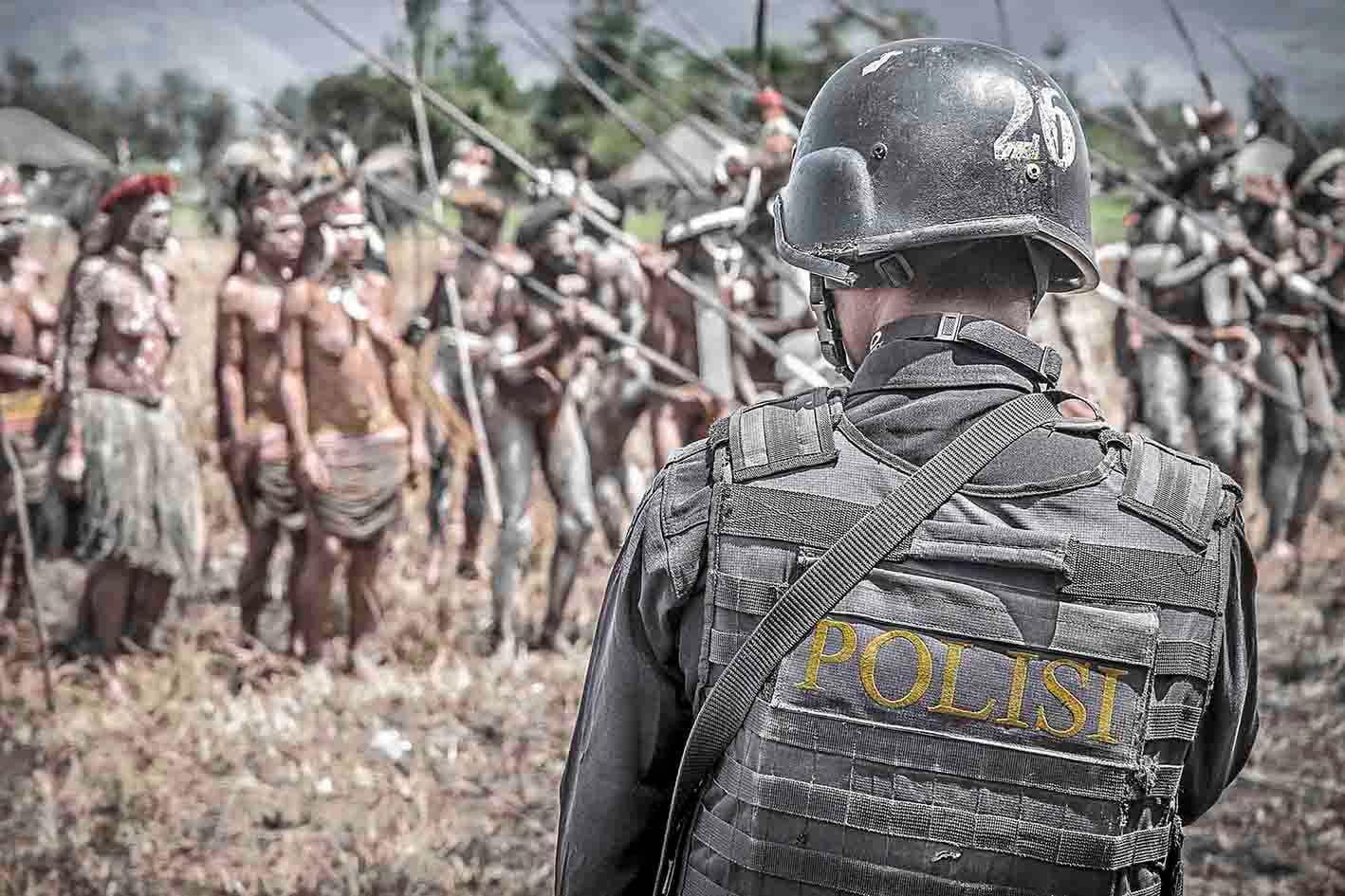
Cultural Sensitivity and Ethical Considerations
In an era where cultural appropriation and the ethics of representation are hotly debated, Pazzi’s work stands out for its integrity and sensitivity. He engages deeply with the communities he photographs, often spending weeks or months understanding their way of life before attempting to capture their essence through his lens.
“My role as a photographer is not just to observe but to understand, to communicate, and to preserve,” says Pazzi. His work with the Dani people is collaborative; he involves them in the process, ensuring they understand his intentions and respect the sanctity of their traditions.
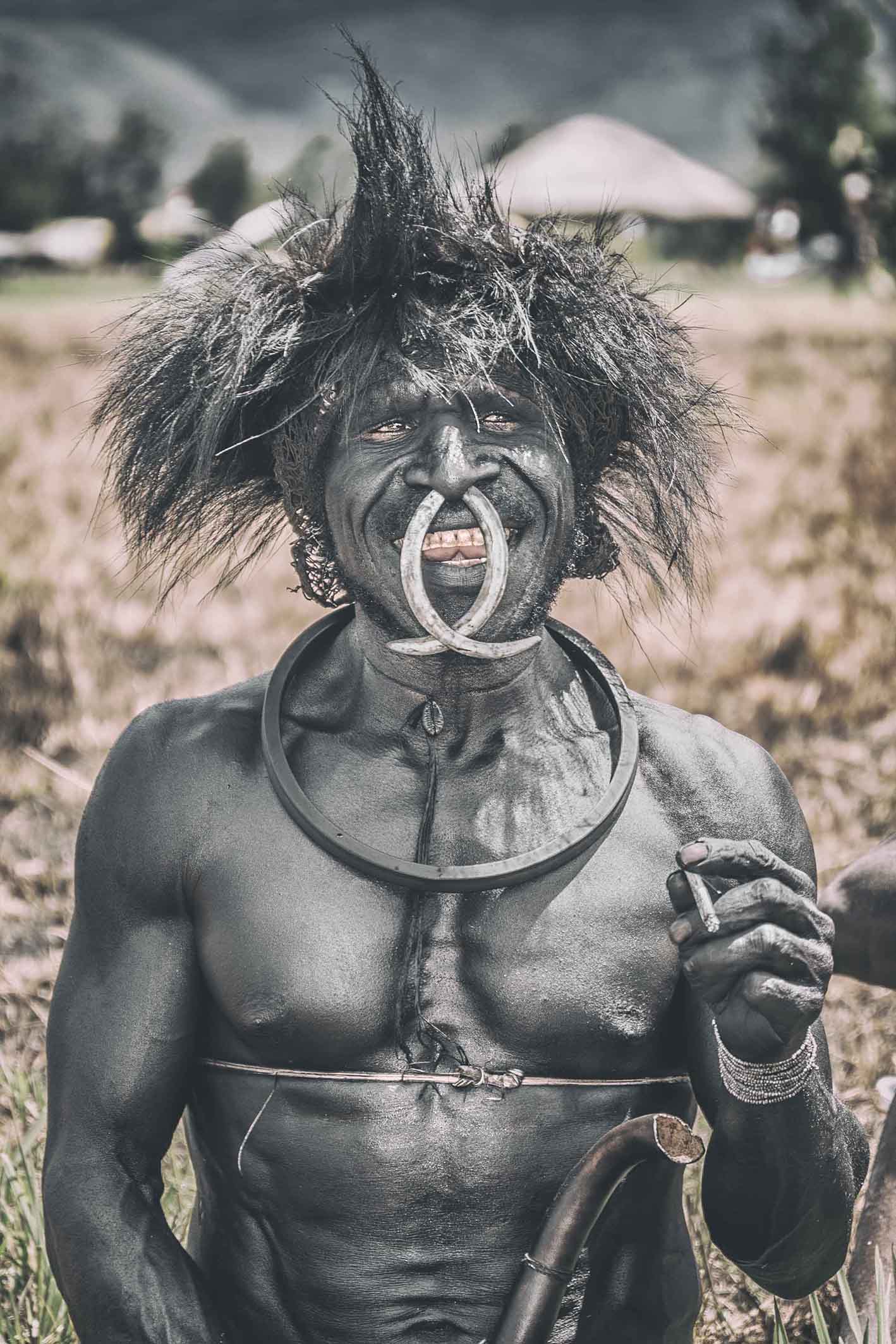
Looking Ahead
Today, as Roberto Pazzi plans his next projects, his commitment to documenting the lives of indigenous cultures remains unwavering. His next journey will take him to Iran and the nomadic tribes of the Qashqai and Bakhtiari, where he hopes to continue his exploration of human resilience and the beauty of age-old traditions.
Through his lens, Pazzi not only sees the world but also shares it with us, offering a glimpse into the lives of people who might otherwise remain hidden in the shadows of time. His photographs are more than just images; they are bridges to understanding, dialogues of light and shadow, and most importantly, they are acts of preservation in an ever-changing world.
